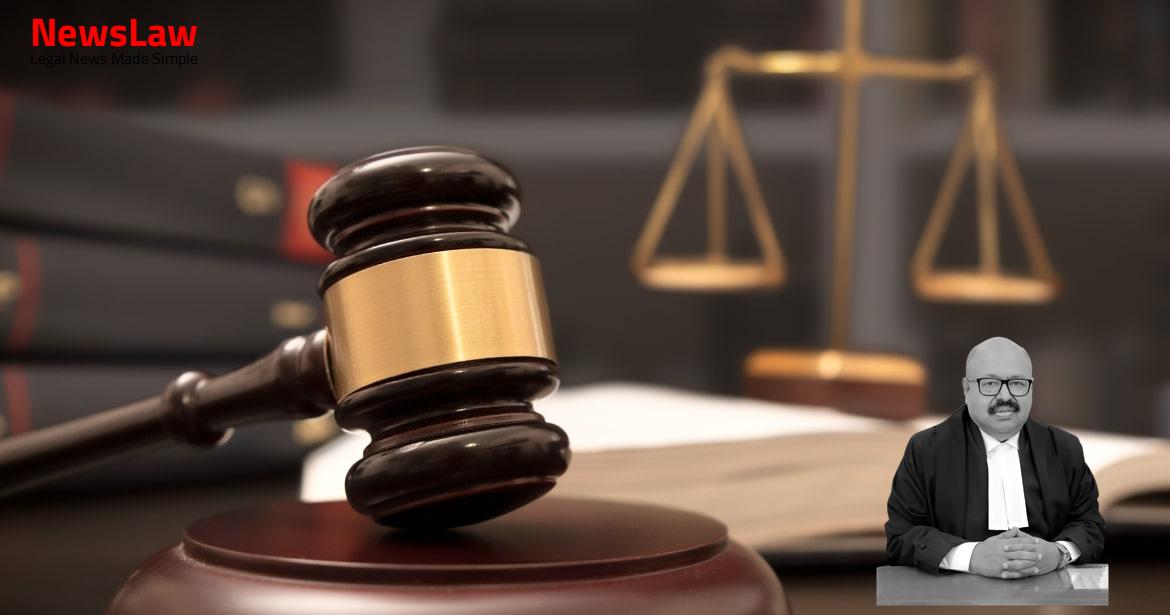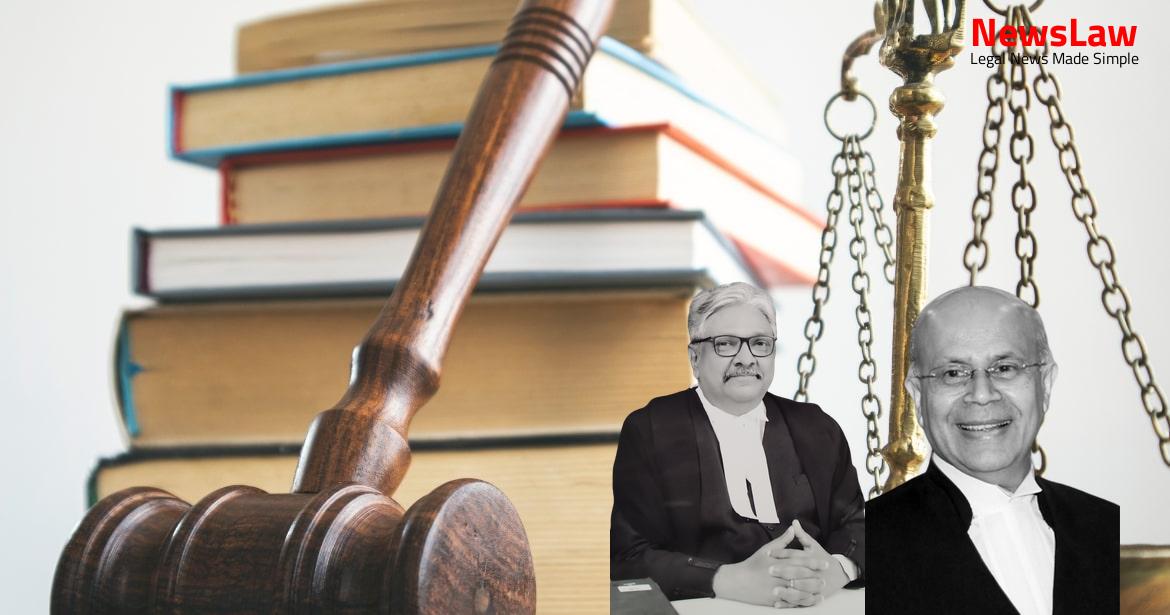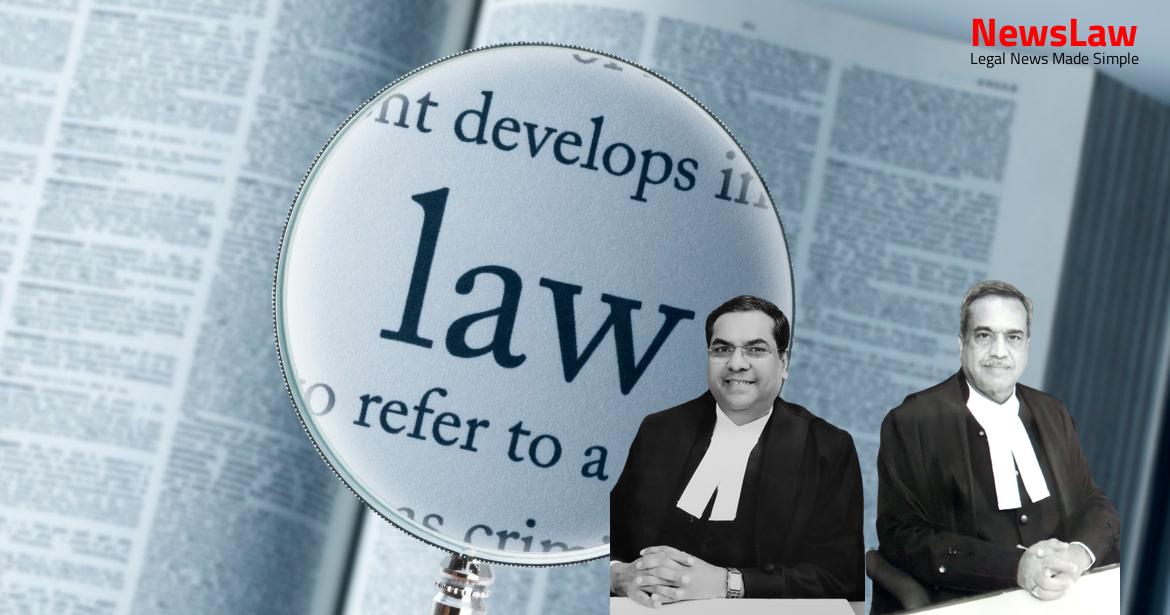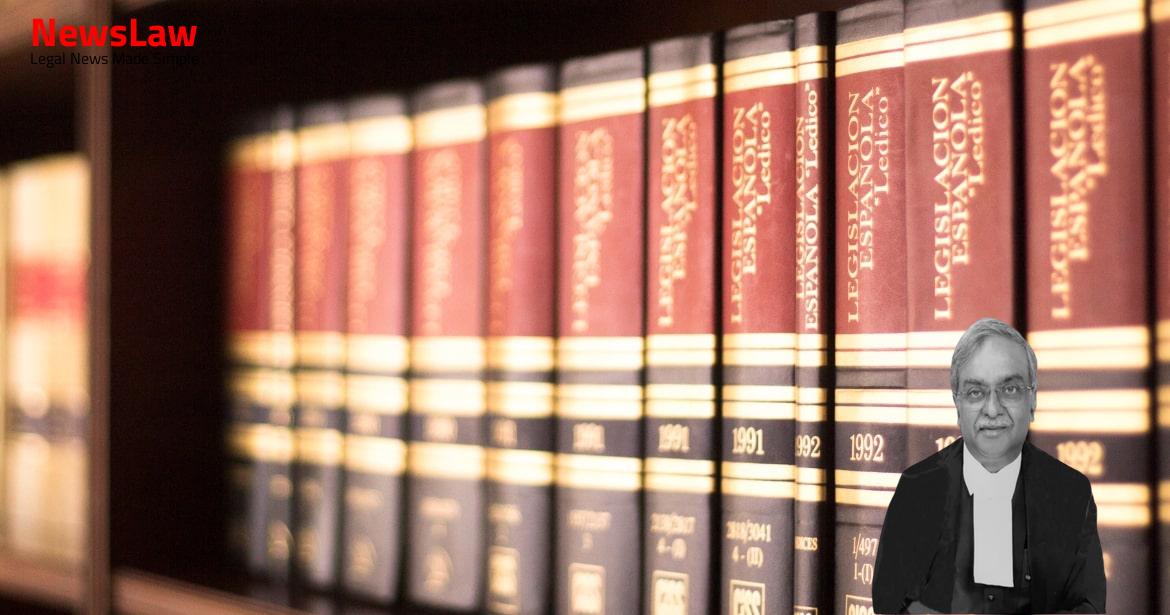In a significant legal case, the Supreme Court of India delivered a crucial judgment in ‘The Mound Dispute Case’, ensuring justice in a matter related to a tragic altercation over a disputed plot. The court’s decision holds implications for legal proceedings and justice in similar cases in the future. Read on to learn more about the details and implications of this landmark ruling.
Facts
- Gaya Prasad (PW 1) and Ram Nath (PW 2) provided eyewitness accounts of the incident that occurred on 25 August 1985.
- The altercation began when Durga Prasad, the brother of the appellant, was seen with two laborers digging a mound in a disputed plot. One of the laborers was Ram Nath (PW 2).
- When the complainant objected, Durga Prasad claimed he was not in the wrong.
- The appellant joined the argument and retrieved a country-made pistol from his house.
- As the appellant aimed the pistol at Gaya Prasad (PW 1), Uma Shanker, Gaya Prasad’s son, intervened and was shot by the appellant. Uma Shanker later succumbed to his injuries.
- The appellant was sentenced to imprisonment for life.
- The High Court held that the presence of PW 1 was natural, considering the time and place of the incident.
- The High Court dismissed Criminal Appeal No 2546 of 1987 filed by the appellant to challenge his conviction under Section 302 of the Indian Penal Code 1860.
- Both the Sessions Court and the High Court relied on the evidence of PWs 1 and 2.
- During the Special Leave Petition on 18 May 2018, the Court noted the appellant’s submission that even if the entire evidence is accepted as correct, the case could fall under Section 304 IPC.
Analysis
- The nature of the incident has been duly established based on the evidence.
- PW 1 did not implicate Durga Prasad in the crime, indicating a truthful account.
- The incident arose from an altercation over excavation of a mound by the appellant’s brother.
- PW 1, the father of the deceased, provided a credible testimony.
- The High Court found no reason to discredit PW 1’s account.
- The presence and role of the appellant in the incident is supported by evidence.
- The son of the deceased intervened during an altercation and was shot, leading to his death.
- The conviction under Section 302 of the IPC was converted to Section 304 Part I due to the circumstances of the case.
- The appellant retrieved a country-made pistol from his house during the altercation.
Also Read: CRPF Act: Validity of Rule 27 for Compulsory Retirement – Case of Head Constable vs. CRPF
Decision
- The appellant was found guilty of an offence under Section 304 Part I of the IPC
- The court sentenced the appellant to imprisonment for a term of ten years
- The appeal was allowed with the above terms
Also Read: DAMEPL vs. DMRC: Curative Petition and Arbitral Award Restoration
Case Title: SANKATH PRASAD Vs. THE STATE OF UTTAR PRADESH (2020 INSC 28)
Case Number: Crl.A. No.-000050-000050 / 2020



